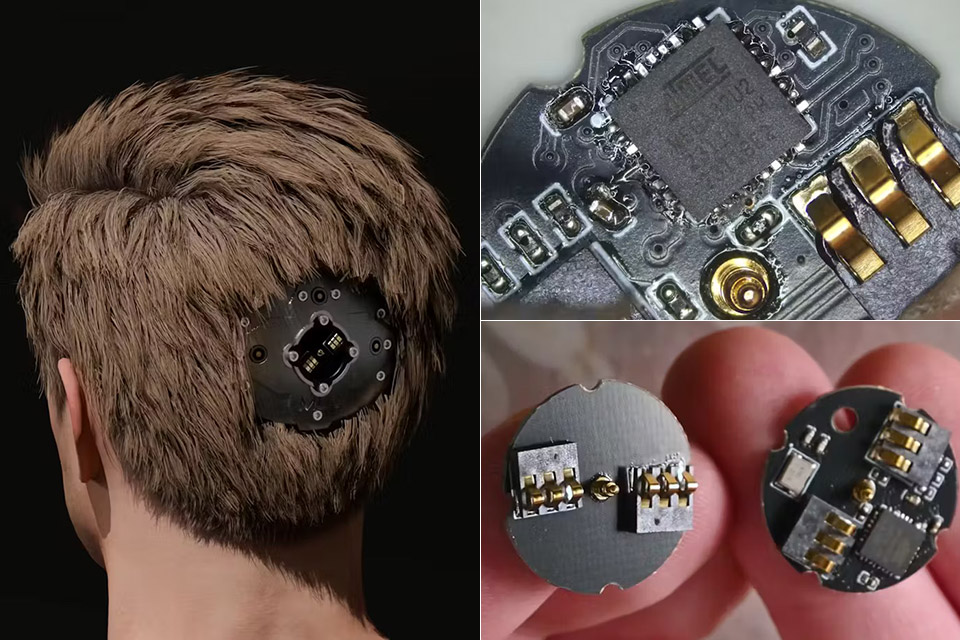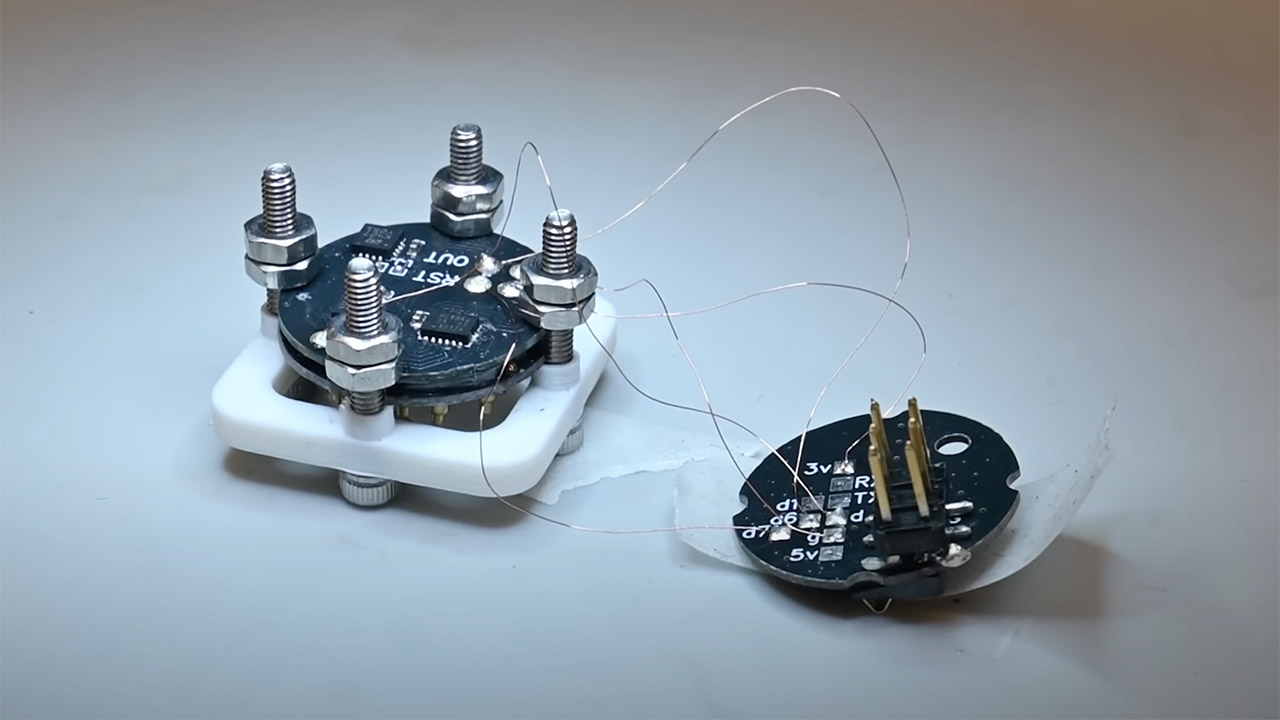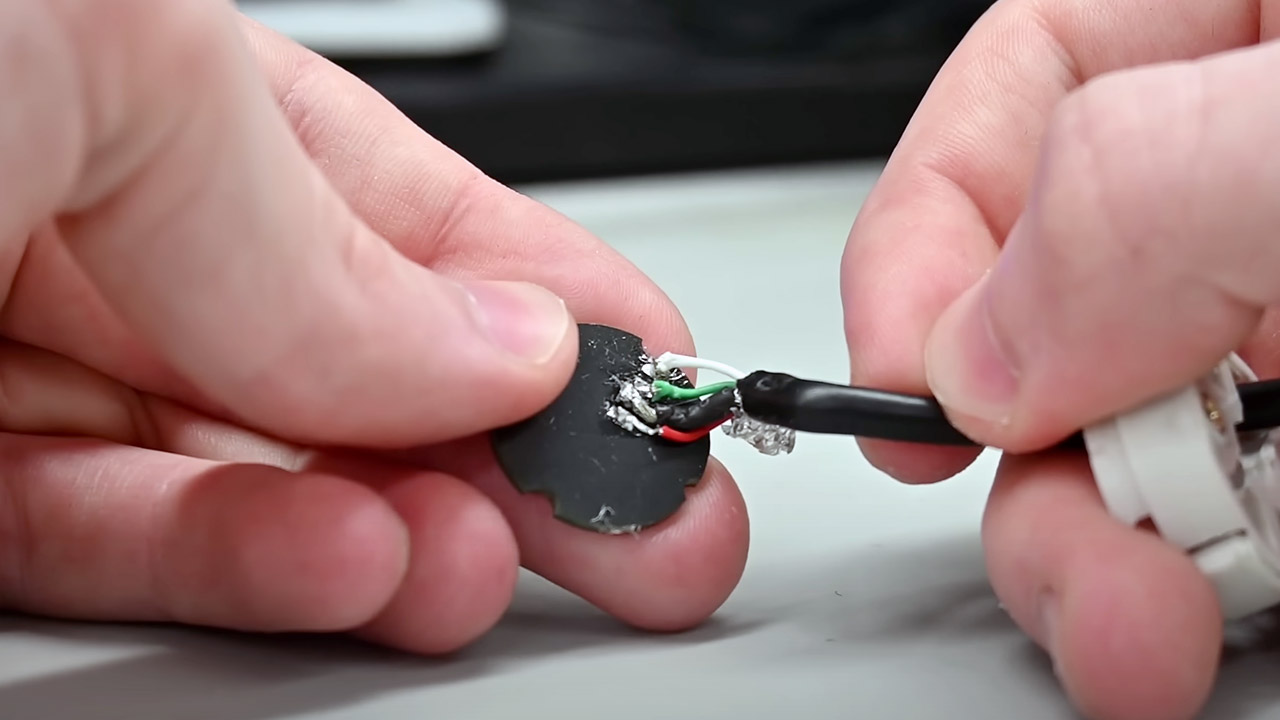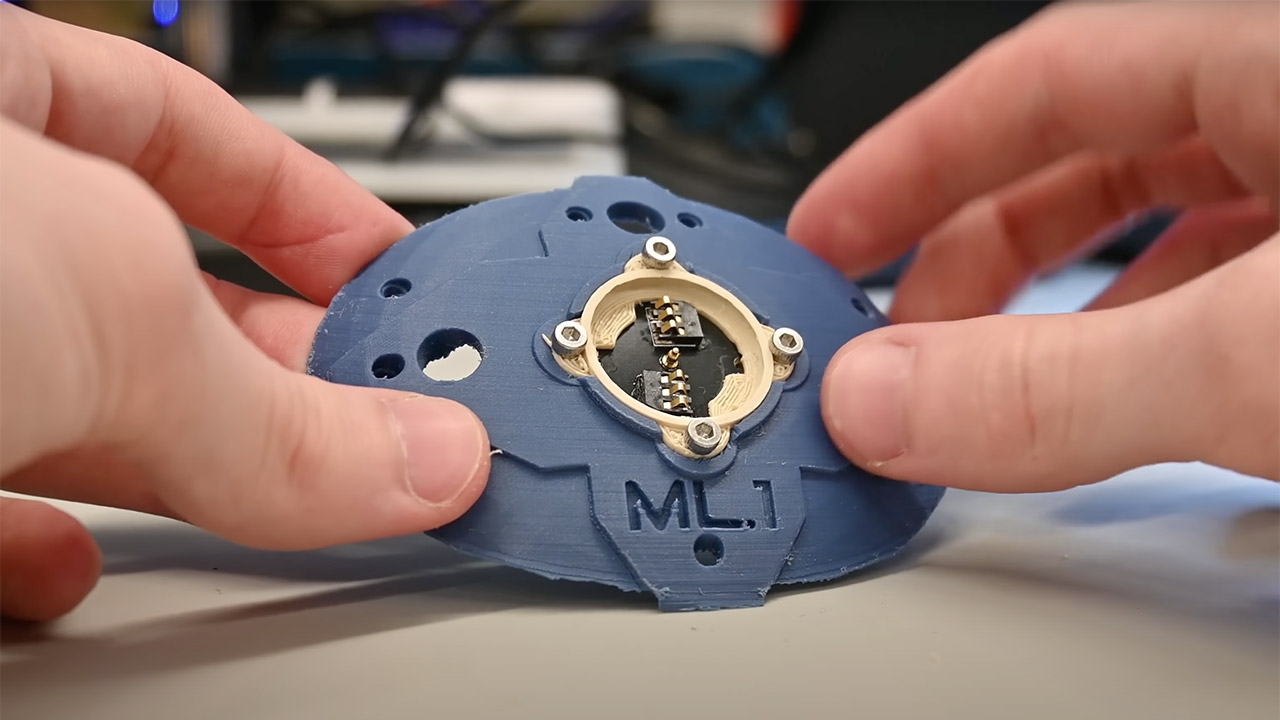
Inventor AstroSam has embarked on a project unlike any other, or at least at home: a DIY brain-computer interface (BCI). However, this isn’t the polished tech of Neuralink or academic research labs.
At the core of this setup is a custom processing board, driven by a Microchip ATmega32U2 microcontroller that’s like a multitasking superhero. It juggles reading brain signals, syncing with accessories, and handling USB connections with ease. The platform’s built from sleek, 20 mm circular PCBs that stack up neatly, linked by spring pins for smooth electrical flow.

Meta Quest 3S 128GB — Dive into Mixed Reality — Unreal device. Unreal price. — Gorilla Tag…
- Transform your reality and do everything you love in totally new ways. Now you can get exclusive in-game Gorilla Tag items and 1000 shiny rocks ($45…
- Explore thousands of immersive experiences with mixed reality, where you can blend digital objects into the room around you or dial up the immersion…
- Turn any room into your own personal theater. Dim the space around you and watch on a giant, vibrant screen. Go all in with USB-C headphones, or plug…

A 3D-printed mounting bracket lets the stack clip to the back of the skull in a sci-fi-inspired setup—though plastic’s not exactly body-friendly. A slick custom cable with a magnetic snap hooks the board to a 32-electrode array, ready to connect to brain probes in a full-on invasive system. Four multiplexers funnel those signals into the microcontroller’s GPIO pins, creating a solid setup for capturing the brain’s electric buzz. In a pro-level BCI, those electrodes would be surgically planted for crystal-clear brain data. AstroSam’s version, though, is all about prototyping with everyday parts and some serious DIY smarts, mimicking the setup of clinical systems. This isn’t just a rough draft—it’s a working platform that could potentially steer things like robotic arms or computer cursors.

What fuels AstroSam’s mission is making BCI tech accessible to everyone. Brain-computer interfaces are usually backed by big-tech bucks, leaving hobbyists out in the cold. By building this from the ground up with affordable microcontrollers and open-source software, AstroSam’s throwing open the doors, proving just about anyone can jump into the fray. It’s a setup others could theoretically copy with enough hustle and tech know-how.

Let’s be real, this isn’t a snap-together model kit. Reading brain signals, even non-invasively, is tough to say the least. The data’s messy, and AstroSam’s system has to filter and make sense of it, a job that usually calls for fancy algorithms and machine learning. The project leans on custom software, but without a university lab’s resources, nailing that precision is a steep climb.
[Source]